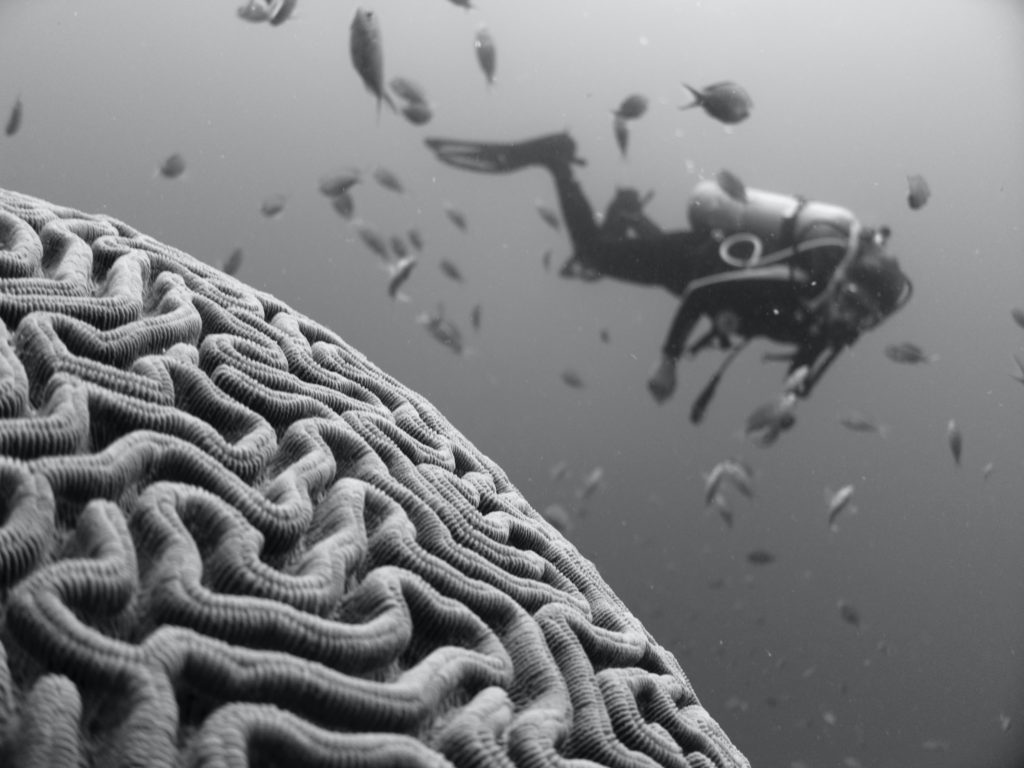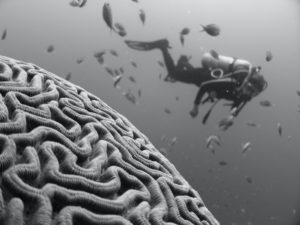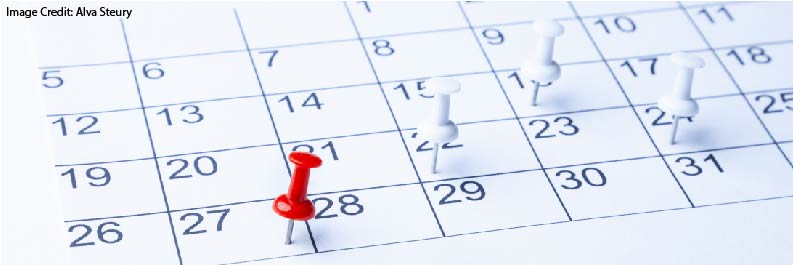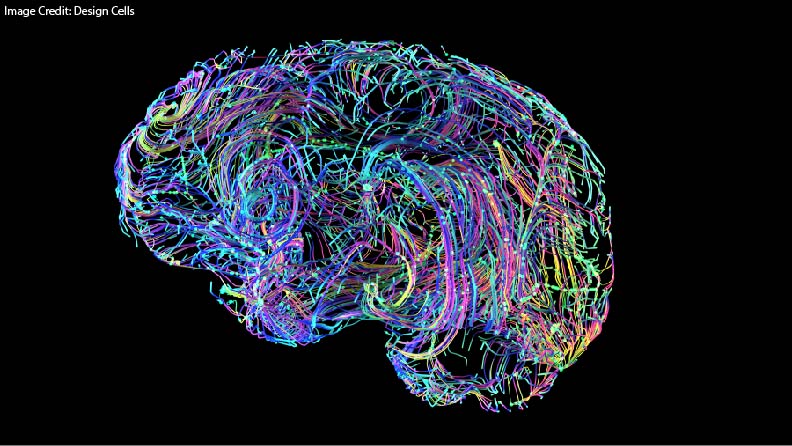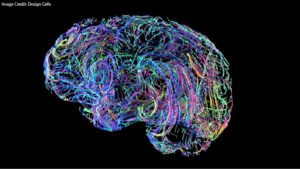When teachers turn to brain research, we want to know: which way is better?
Are handwritten notes better than laptop notes?
Is cold-calling better than calling on students who raise their hands?
Is it better to spread practice out over time, or concentrate practice in intensive bursts?
For that reason, we’re excited to discover research that shows: plan A gets better results than plan B. Now we know what to do.
Right?
Better than What?
More often than not, research in this field compares two options: for instance, retrieval practice vs. rereading.
Often, research compares one option to nothing: starting class WITH learning objectives, or starting class WITHOUT learning objectives.
These studies can give us useful information. We might find that, say, brief exercise breaks help students concentrate during lectures.
However, they DON’T tell us what the best option is. Are exercise breaks more helpful than retrieval practice? How about video breaks? How about turn-n-talks?
When research compares two options, we get information only about the relative benefits of those two options.
For that reason, we’re really excited to find studies that compare more than two.
Enriching Encoding
A recent podcast* highlighted this point for me.
A 2018 study compared THREE different study strategies: rereading, enriched encoding, and retrieval practice.
Participants studied word pairs: say, “moon-galaxy.” Some of them studied by reviewing those pairs. Some studied with retrieval practice (“moon-__?__”).
Some studied with enriched encoding. This strategy urges students to connect new information to ideas already in long-term memory. In this case, they were asked, “what word do you associate with both “moon” and “galaxy”?
My answer to that question: “planet.” Whatever answer you came up with, you had to think about those two words and their associated ideas. You enriched your encoding.
Because this experiment looked at three different study strategies, it gives us richer insights into teaching and learning.
For instance, students who reviewed remembered 61% of the word pairs, whereas those who enriched their encoding remembered 75% (Cohen’s d = 0.72). Clearly, enriched encoding is better.
But wait, what about students who used retrieval practice?
Even Richer
Students in the retrieval practice group remembered 84% of their word pairs.
So, yes: “research shows” that enriched encoding is “better than review.” But it’s clearly not better than retrieval practice. **
In fact, this point may sound familiar if you read last week’s blog post about learning objectives. As that post summarized Dr. Faria Sana’s research:
Starting class with traditional learning objectives > starting class without traditional learning objectives
but
Starting class with learning objectives phrased as questions > starting class with learning objectives phrased as statements
In fact, Sana looked at a fourth choice:
Teachers immediately answer the questions posed in the learning objectives >?< teachers don’t immediately answer the questions posed in the learning objectives.
It turns out: providing answers right away reduces students’ learning.
Because Sana studied so many different combinations, her research really gives us insight into our starting question: which way is better?
Friendly Reminders
No one study can answer all the questions we have. We ALWAYS put many studies together, looking for trends, patterns, exceptions, and gaps.
For instance, boundary conditions might limit the applicability of a study. Sana’s research took place in a college setting. Do her conclusions apply to 10th graders? 6th graders? 1st graders? We just don’t know (yet).
Or, if you teach in a school for children with a history of trauma, or in a school for students with learning differences, or in a culture with different expectations for teachers and students, those factors might shape the usefulness of this research.
By comparing multiple studies, and by looking for studies that compare more than two options, we can gradually uncover the most promising strategies to help our students learn.
* If you’re not following The Learning Scientists — their website, their blog, their podcast — I HIGHLY recommend them.
** To be clear: this study focuses on a further question: the participants’ “judgments of learning” as a result of those study practices. Those results are interesting and helpful, but not my primary interest here.








